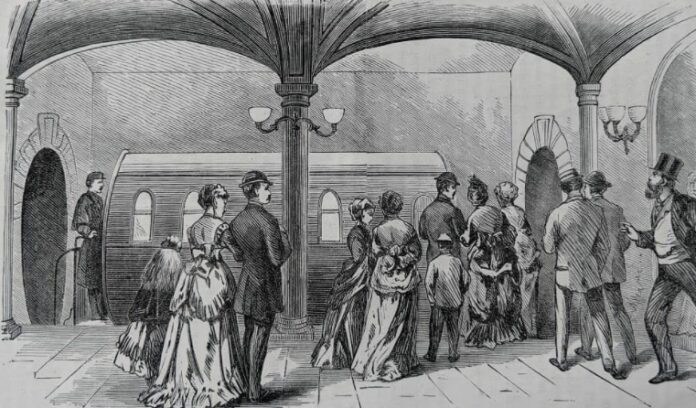A journey through the history of the craziest means of transport ever designed. Here’s how we might have moved.
THE CRAZIEST MEANS of TRANSPORT ever designed
#1 The pneumatic tube propelled by a huge fan
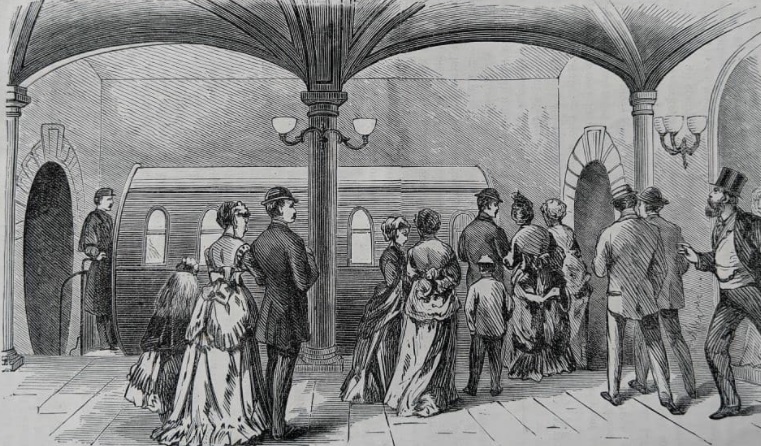
At the end of the 1800s, based on a project by inventor and publisher Alfred Beach, the first subway in the United States was built in New York . Based on the idea of the pneumatic railway, Beach’s small tunnel under Broadway, covering a stretch of 95 meters, was used as a means of demonstration for 3 years.
To make it work, a massive fan (nicknamed the Western Tornado) propelled the car carrying the passengers in transit.
Despite selling around 400,000 tickets during the first two weeks, plans to extend the line for 8 km as far as Central Park failed to secure the necessary permits and funding.
#2 The moving sidewalk, the forerunner of “treadmills””
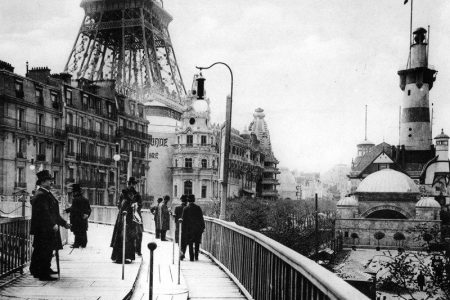
In 1890, the engineer Max Schmidt presented the first mobile walkway at the Chicago World’s Fair. The walkway consisted of three concentric rings, the first stationary, the second moving at 4 km/h and the third at 8 km/h, an arrangement that allowed walkers to adjust to each speed before moving to the next.
New York officials were so enthusiastic that they proposed several walkway schemes throughout the city, including one over the Brooklyn Bridge and another along Broadway. However, it was only 50 years later that the first “moving walkways” were installed at airports and stations.
#3 The gyroscopic monorail
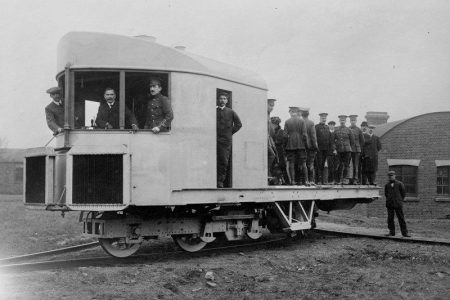
Irish-born Australian engineer Louis Brennan’s unique concept for a new railway could have been one of the inventions of the century.
On 10 November 1909, he first demonstrated a small model of his gyroscopic monorail in the grounds of his home in the United Kingdom. His vehicle was balanced by two counter rotating vertical gyroscopes mounted side by side. On the occasion of the Japan-British Exhibition in London, the inventor demonstrated the monorail again. This time the monorail carried 50 passengers around a circular track at a speed of over 30 km/h. The project was abandoned almost immediately due to the high costs required to finance it.
#4 Aérotrain: France’s high-speed, land-based hovercraft designed to travel at 400 km/h
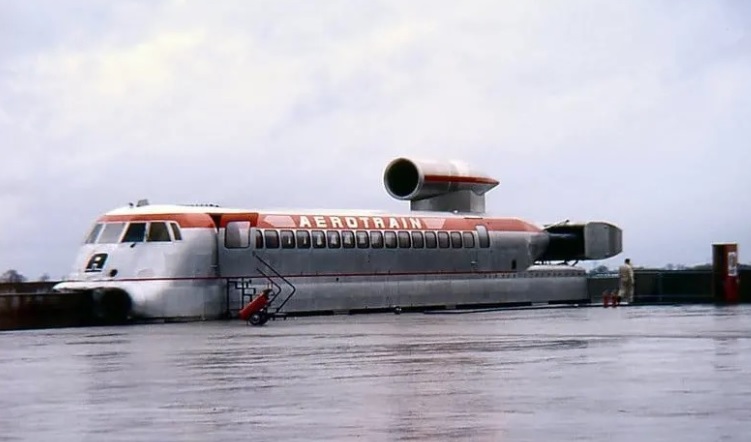
The Aérotrain was intended to be France’s first high-speed vehicle. Developed in five prototypes around 1965, it was a turbocharged “hovertrain” that featured the comfort and speed of a magnetic levitation train, without the technical complexity and expense. The I-80 HV, the updated version of earlier models, also managed to set the world speed record of 430.4 km/h for hovercraft vehicles on land. Unfortunately, the invention was unsuccessful and the French government chose to adopt the TGV as its high-speed rail network.
#5 The ICBM to transport American soldiers

Ithacus was a 6,400-ton colossus. Standing 64 meters tall, it was powered by eight hydrogen tanks designed in 1966 during the Cold War. It was ostensibly developed to reduce the need for US military bases abroad, given that the ICBM had a cargo capacity that would enable it to carry a battalion of 1,200 troops. However, it never saw the light because it required a custom launch pad and fresh supplies of hydrogen to ensure its return to its home base.
#6 Transit Elevated Bus, the first elevated bus in the world capable of running on tracks
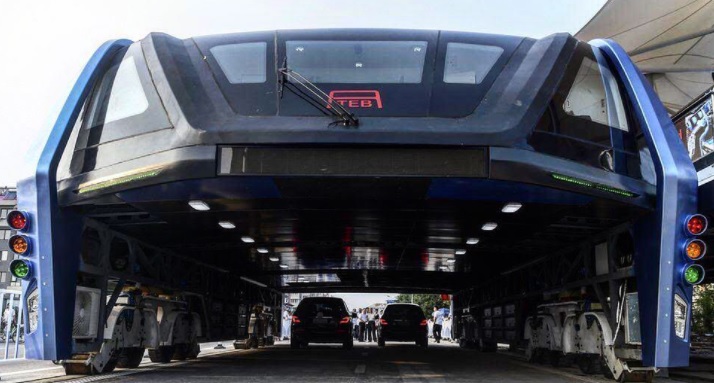
The Transit Elevated Bus was to have been the first elevated bus in the world capable of running on tracks. According to the designers, who conceived the project in 2000, the idea was to link four carriages to create a mega-train capable of carrying 1,600 passengers. Although it seemed set to revolutionize the world of public transport, following the road test in 2016, accusations of financial fraud resulted in the abandonment of the project.
#7 The Space Elevator, an inexpensive alternative to rockets

One of the most futuristic and utopian means of transport ever designed is the space elevator. In order to work, the elevator would require a cable measuring at least three times the diameter of the Earth, above geostationary orbit, with a counterweight at the top capable of reducing the force of gravity thanks to the centrifugal force of rotation in sync with the Earth.
Designed as a more economic alternative to spacecraft transporting goods and people into space, at the moment adding a space elevator ride to your bucket list might be premature.
RES HUMANA
Copyright reshumana.com


